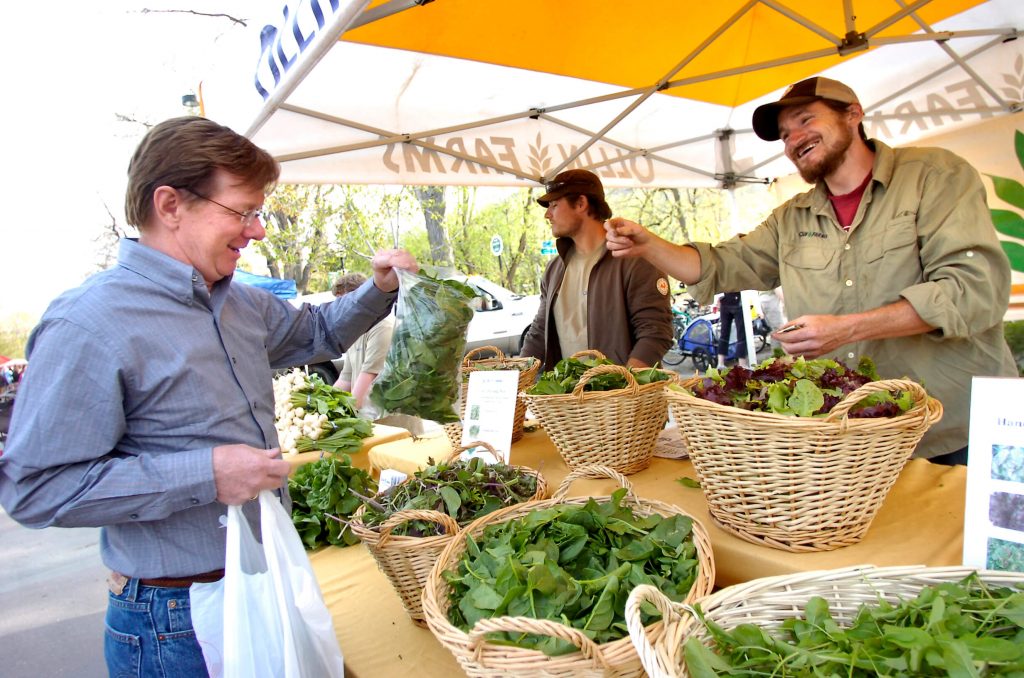Buying locally not the answer
The distance food travels is not the only consideration when establishing the carbon footprint of what we eat. A report conducted by the UK Department of Transportation has found that North American cherries have the highest ratio of emissions of any crop, despite the fact that New Zealand apples travel much further. The key point is that the apples travelled by sea, while the cherries came by air, which produces much greater emissions. Moreover, the transportation in bulk of food from around the world does not account for as many miles as the estimated 14 billion food miles UK-consumed food travels in consumers’ cars when driving home from the market. In fact, around 20% of total emissions from food stem from consumer transportation, while supply-chain transportation contributes to about 5-6% of all carbon emissions.
The largest contributor to harmful emissions is farming production, which accounts for about 45% of the total. A Swedish study found that it was more environmentally friendly to buy tomatoes produced in Spain than purchasing them locally. The Spanish climate allows tomatoes to grow naturally in fields, whereas in Sweden, tomatoes have to be grown in greenhouses, which requires fuel consumption. Total carbon emissions for transporting tomatoes from Spain were about a fifth of those from growing tomatoes in Sweden.
Source: geneticliteracyproject.org




